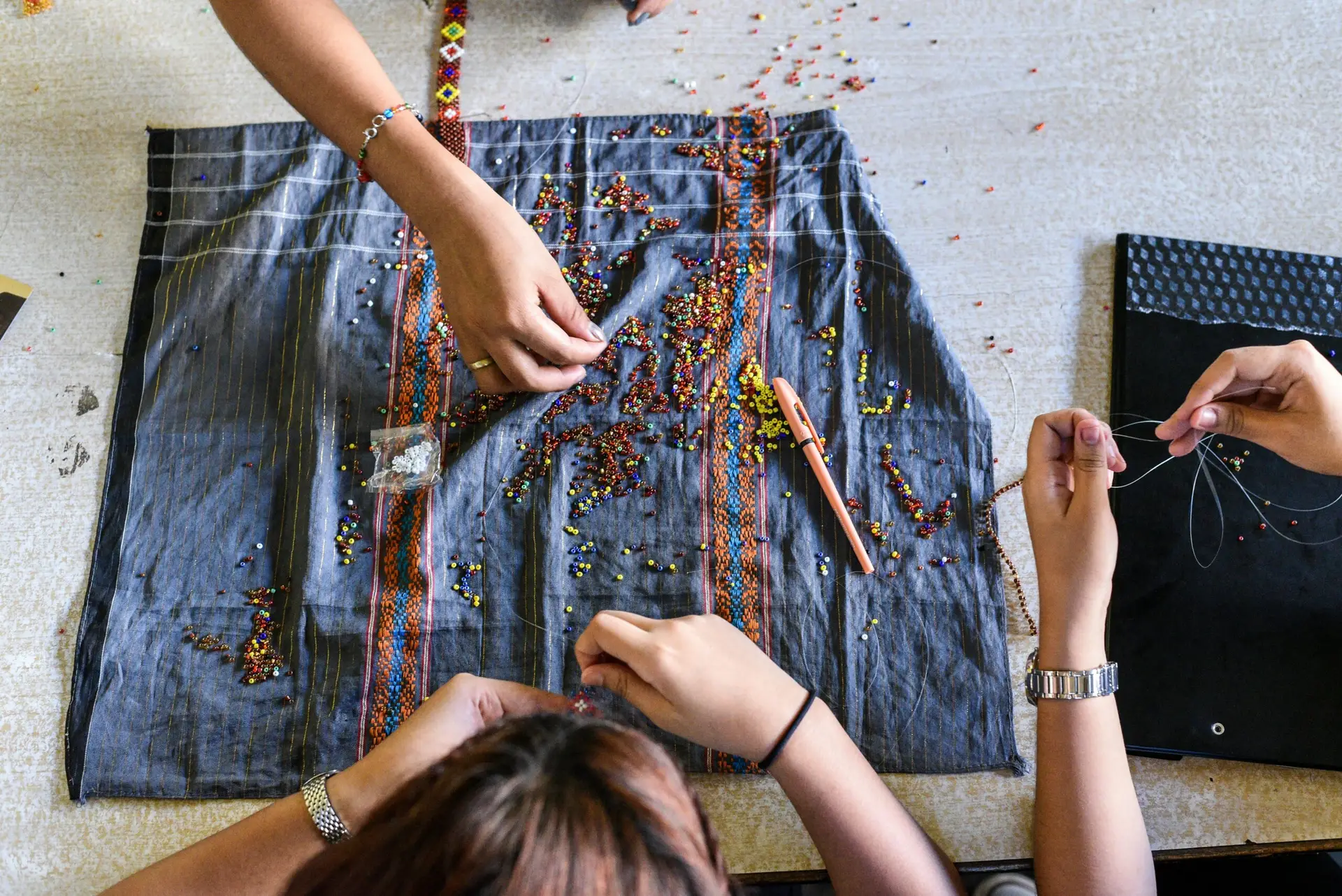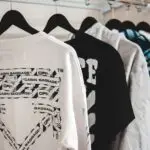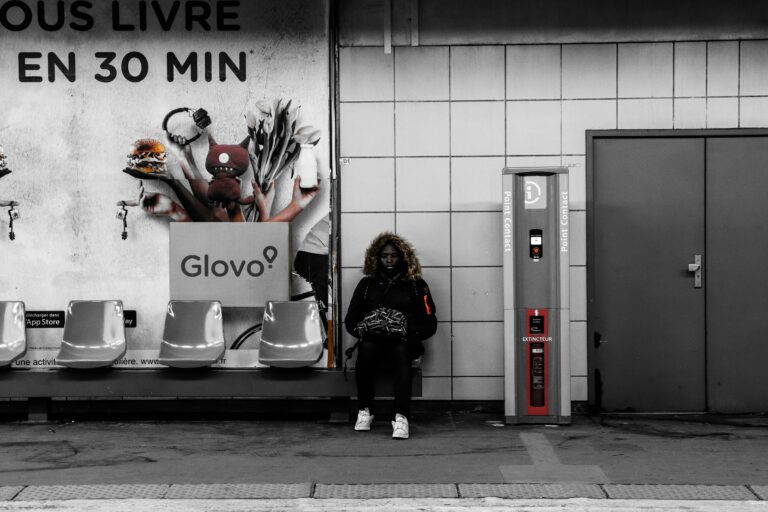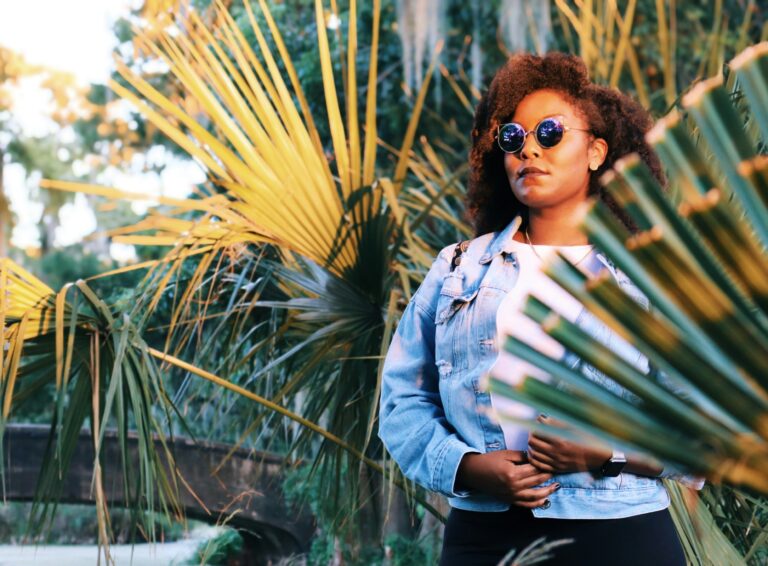Ready to create your own stunning fashion clothes? This step-by-step guide to becoming a dress designer covers everything from conceptualizing designs to sewing techniques. Find answers to common questions about fashion design, tools, education, and launching your dressmaking career with confidence.
How to Design Fashion Clothes: A Step-by-Step Guide to Becoming a Dress Designer

Are you passionate about fashion and dreaming of creating your own clothing line? Designing fashion clothes is both an art and a skill that combines creativity, technical knowledge, and an understanding of trends.
In this guide, we’ll walk you through the essential steps on how to design fashion clothes, basics of clothing design, and what it takes to become a successful dress designer.
Contents
- 1 Step 1: Understand the Basics of Clothing Design
- 2 Step 2: Develop Your Own Fashion Style and Inspiration
- 3 Step 3: Learn How to Sketch Your Designs
- 4 Step 4: Select Fabrics and Materials
- 5 Step 5: Create Patterns and Samples
- 6 Step 6: Sew Your Design
- 7 Step 7: Build a Portfolio and Showcase Your Work
- 8 Step 8: Gain Formal Education or Training (Optional but Beneficial)
- 9 Step 9: Launch Your Fashion Line or Start Freelancing
- 10 Tips for Beginners: How to Design Clothes Successfully
- 11 Conclusion
Step 1: Understand the Basics of Clothing Design
Before jumping into sketching your ideas, it’s important to grasp the fundamentals of fashion design:
- Fashion Illustration: Learn how to sketch your ideas with basic figure drawing and garment details.
- Fabric Knowledge: Understand different types of fabrics, textures, and how they behave.
- Color Theory: Study how colors work together to create appealing palettes.
- Sewing Techniques: Basic sewing skills help you realize your designs.
- Pattern Making: Learn how to draft patterns, the templates used to cut fabric.
- Fashion History & Trends: Know the evolution of styles and current fashion trends.
Many online courses and fashion design programs cover these foundational topics.
Step 2: Develop Your Own Fashion Style and Inspiration
Fashion design is about expressing your unique vision. Start by:
- Collecting inspiration from art, nature, culture, and fashion icons.
- Creating mood boards or digital collections of colors, textures, and shapes.
- Deciding the kind of clothes you want to design — casual wear, evening gowns, streetwear, or sustainable fashion.
Step 3: Learn How to Sketch Your Designs
Fashion sketches are the blueprint of your ideas. To design fashion clothes:
- Start with a fashion croquis — a basic outline of a human figure.
- Draw different garment styles over the croquis using pencils or digital tools like Adobe Illustrator or Procreate.
- Add details such as seams, collars, buttons, and accessories.
- Experiment with colors and textures.
Practice regularly to improve your drawing skills and visual communication.
Step 4: Select Fabrics and Materials
Choosing the right fabrics brings your design to life:
- Understand fabric weights, stretch, drape, and durability.
- Order fabric swatches to feel and see how materials behave.
- Consider sustainability by opting for eco-friendly or recycled fabrics.
- Match fabrics with your design’s function — flowy chiffons for evening gowns, sturdy denim for jackets.
Step 5: Create Patterns and Samples
Patterns are the templates to cut your fabric pieces accurately:
- Learn pattern making, which can be done by hand drafting or using software like CLO3D or Optitex.
- Create a muslin sample — a prototype using inexpensive fabric to test fit and design.
- Adjust the pattern based on the sample fitting to perfect the design.
Step 6: Sew Your Design
Once the pattern is ready:
- Cut the fabric pieces precisely.
- Use a sewing machine or hand stitch to assemble the garment.
- Add finishing touches like hems, zippers, buttons, and embellishments.
- Try the garment on a dress form or model to ensure proper fit.
Step 7: Build a Portfolio and Showcase Your Work
To become a successful dress designer:
- Photograph your finished designs professionally.
- Compile your best work into a portfolio — physical or digital.
- Include sketches, mood boards, and photos of finished garments.
- Use social media platforms like Instagram and TikTok to showcase your style and build an audience.
Step 8: Gain Formal Education or Training (Optional but Beneficial)
While self-taught designers thrive, formal education can accelerate your growth:
- Enroll in fashion design courses or degree programs at institutes like FIT, Parsons, or online platforms.
- Learn advanced skills in textile science, CAD (computer-aided design), and fashion marketing.
- Intern or apprentice with established designers to gain industry experience.
Step 9: Launch Your Fashion Line or Start Freelancing
When you have a solid collection:
- Consider starting your own brand or boutique.
- Use platforms like Etsy or Shopify to sell your designs online.
- Network with boutiques, stylists, and influencers to expand your reach.
- Offer freelance design services such as custom dresses or styling.
Tips for Beginners: How to Design Clothes Successfully
- Stay updated with current fashion trends but maintain your unique style.
- Keep experimenting with new techniques and materials.
- Be patient — mastering fashion design takes time and practice.
- Build relationships within the industry.
- Focus on sustainability and ethical fashion as consumers increasingly value it.
FAQs
- What are the first steps to start designing fashion clothes?
Learn how to research trends, sketch your ideas, and choose your design style. - Do I need formal education to become a dress designer?
Explore the benefits of fashion design classes, online courses, and self-learning. - What tools and materials do I need to design clothes?
Find out about essential fashion design tools like sketchbooks, software, fabrics, and sewing machines. - How do I create a fashion sketch?
Step-by-step tips on drawing croquis and illustrating your clothing designs. - What fabrics are best for dress designing?
Understand different fabric types and how to choose the right materials for your designs. - How can I learn sewing and garment construction?
Discover beginner sewing techniques and where to find tutorials or classes. - What software is popular for fashion design?
Overview of tools like Adobe Illustrator, CLO 3D, and other digital design platforms. - How do I develop a clothing collection?
Learn how to plan a cohesive set of designs with themes and color palettes. - What are mood boards and how do I create one?
Tips on gathering inspiration and organizing ideas visually. - How can I find inspiration for my dress designs?
Ways to use fashion shows, street style, history, and nature as creative fuel. - What skills do successful fashion designers need?
Key skills including creativity, technical ability, communication, and business savvy. - How long does it take to become a professional dress designer?
Typical timelines based on education, practice, and industry experience. - How do I build a fashion portfolio?
Advice on showcasing your best designs to attract clients or employers. - What are the career options for fashion designers?
From freelance designing to working with fashion houses or launching your own brand. - How do I stay updated with fashion trends?
Resources like fashion magazines, websites, and trend forecasting reports. - Can I design clothes without sewing skills?
Exploring alternative options like collaborating with tailors or using design software. - How do I price my fashion designs?
Understanding material costs, labor, and market pricing strategies. - What are the common challenges for new fashion designers?
Tips for overcoming issues like funding, finding clients, and balancing creativity with business. - How important is networking in the fashion industry?
Ways to connect with other designers, buyers, and fashion professionals. - Where can I sell my fashion designs?
Options including online marketplaces, boutiques, fashion fairs, and social media platforms.
Conclusion
Designing fashion clothes is an exciting and fulfilling journey combining creativity and craftsmanship. By understanding the basics, practicing regularly, and continuously learning, you can become a skilled dress designer with your own signature style.
Whether you choose to pursue formal education or self-teach, remember that persistence and passion are key to success in the fashion industry.

Shikha Singh
Keep in touch with our news & offers
Subscribe to Our Newsletter
Thank you for subscribing to the newsletter.
Oops. Something went wrong. Please try again later.






